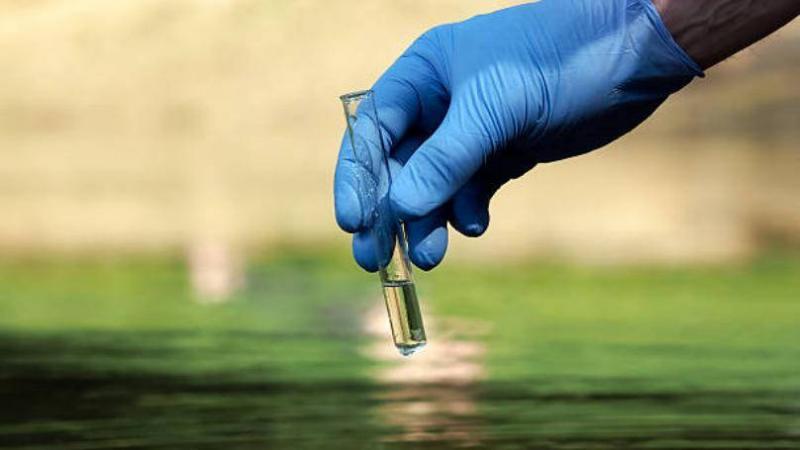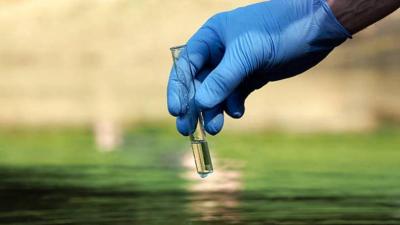After thousands have been infected and dozens have died in Lebanon due to cholera, and considering that water contaminated with the cholera bacterium is the primary cause of its spread, the National Authority for the Litani River, with support from the USAID Water and Sanitation Project, has begun its campaign to monitor cholera outbreak points in the upper basin of the Litani River.
Technical teams from the authority took 10 samples from various points along the Litani River and its tributaries in the upper basin at the beginning of December 2022. These samples were analyzed in the authority's laboratory in Kherbet Kanafar using the latest scientific techniques, and the results showed the following:
Contamination at 4 out of 10 points with cholera along the Litani River, which are the following locations: (1) Litani River - Delhamieh Bridge, (2) Watercourse of Shator Spring (which includes the sewage from Jeddita, Shator, Jalala, and the gathering of Shator hospitals), (3) Bardoni River - Marj Bridge (after the Abu Al-Jassem Syrian refugees camp), and (4) Litani River - Marj (near the mayor's house).
The contamination of the Litani River waters with cholera results from the direct discharge of untreated sewage into it, as confirmed by results showing the presence of the cholera bacterium at points preceding the existence of camps for Syrian refugees or the gathering of sewage and hospitals.
In this context, the National Authority for the Litani River has sent communications to each of the General Secretariat of the Council of Ministers, the Public Prosecution, the Ministry of Interior and Municipalities, the Ministry of Energy and Water, the Ministry of Public Health, and the Ministry of Environment to take note and implement immediate measures to address this health issue.




